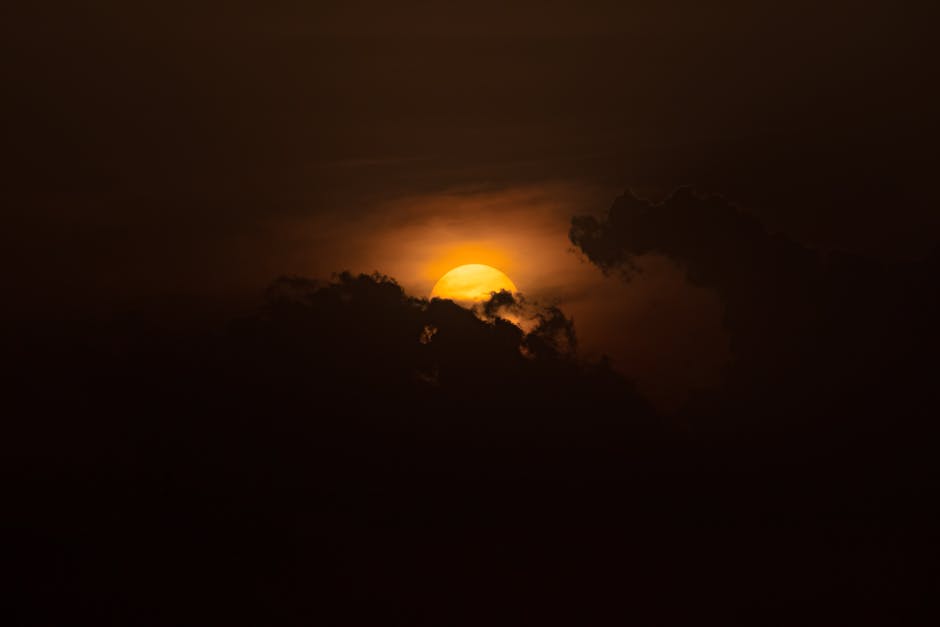Chandrayaan-2 Makes History: Solar Storms Stir the Moon’s Atmosphere
In a landmark discovery, India’s Chandrayaan-2 orbiter has captured the first direct evidence of solar storms disrupting the Moon’s ultra-thin atmosphere, known as the exosphere. This breakthrough, published in The Astrophysical Journal Letters, reshapes our understanding of lunar space weather and its implications for future missions.
The Moon’s Exosphere: A Delicate Shield
Unlike Earth, the Moon lacks a dense atmosphere. Instead, it has an exosphere—a fragile layer of scattered gas molecules so thin they rarely collide. Until now, scientists could only theorize how solar storms (powerful bursts of charged particles from the Sun) interact with this tenuous environment.
Chandrayaan-2’s CHACE-2 instrument (Chandra’s Atmospheric Composition Explorer-2) detected a sudden spike in charged particles and gases like argon-40 during solar storms. This confirms that coronal mass ejections (CMEs) and solar winds ionize and redistribute the Moon’s exosphere, temporarily altering its composition.
Why This Discovery Matters for Lunar Exploration
-
Astronaut Safety & Radiation Risks
With NASA’s Artemis and ISRO’s Gaganyaan missions targeting lunar landings, understanding solar storm effects is critical. Increased radiation during storms could endanger astronauts and equipment, demanding better shielding and monitoring systems. -
Lunar Resources & Mining
The Moon’s exosphere contains helium-3, a potential fusion energy source. Solar storms may displace these deposits, influencing future mining strategies for sustainable lunar bases. -
Insights for Other Airless Worlds
Findings apply to Mercury, asteroids, and other airless bodies, helping scientists model space weather across the solar system.
How Chandrayaan-2 Unlocked the Mystery
Previous missions observed the Moon’s exosphere passively, but CHACE-2 actively tracked real-time changes during solar activity. The data revealed solar winds “scouring” the lunar surface, ejecting atoms into the exosphere.
Dr. Anil Bhardwaj of ISRO stated:
“This is definitive proof that solar storms dynamically reshape the Moon’s exosphere—a game-changer for planetary science.”
Global Collaboration & Future Missions
NASA’s LADEE mission had hinted at these interactions, but Chandrayaan-2’s data offers conclusive proof. ISRO is now partnering with JAXA (Japan) and ESA (Europe) to integrate these insights into upcoming missions like:
– Chandrayaan-3 (ISRO’s next lander-rover mission)
– NASA’s Lunar Gateway (orbital outpost for solar storm monitoring)
Conclusion: A Leap for Lunar Science
Chandrayaan-2’s discovery cements India’s role in cutting-edge space research. By decoding solar storm impacts, ISRO paves the way for safer, smarter lunar exploration—vital for humanity’s future on the Moon.
Follow us for more space science updates!




